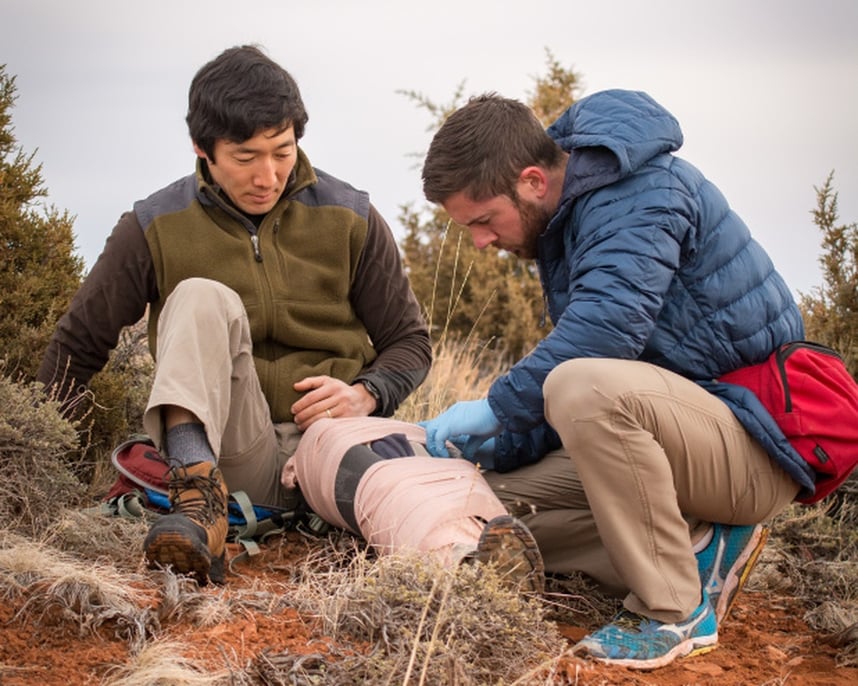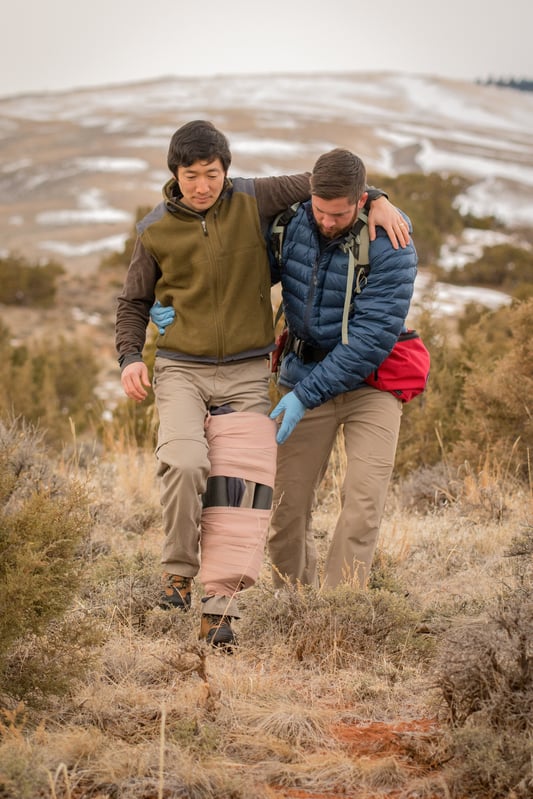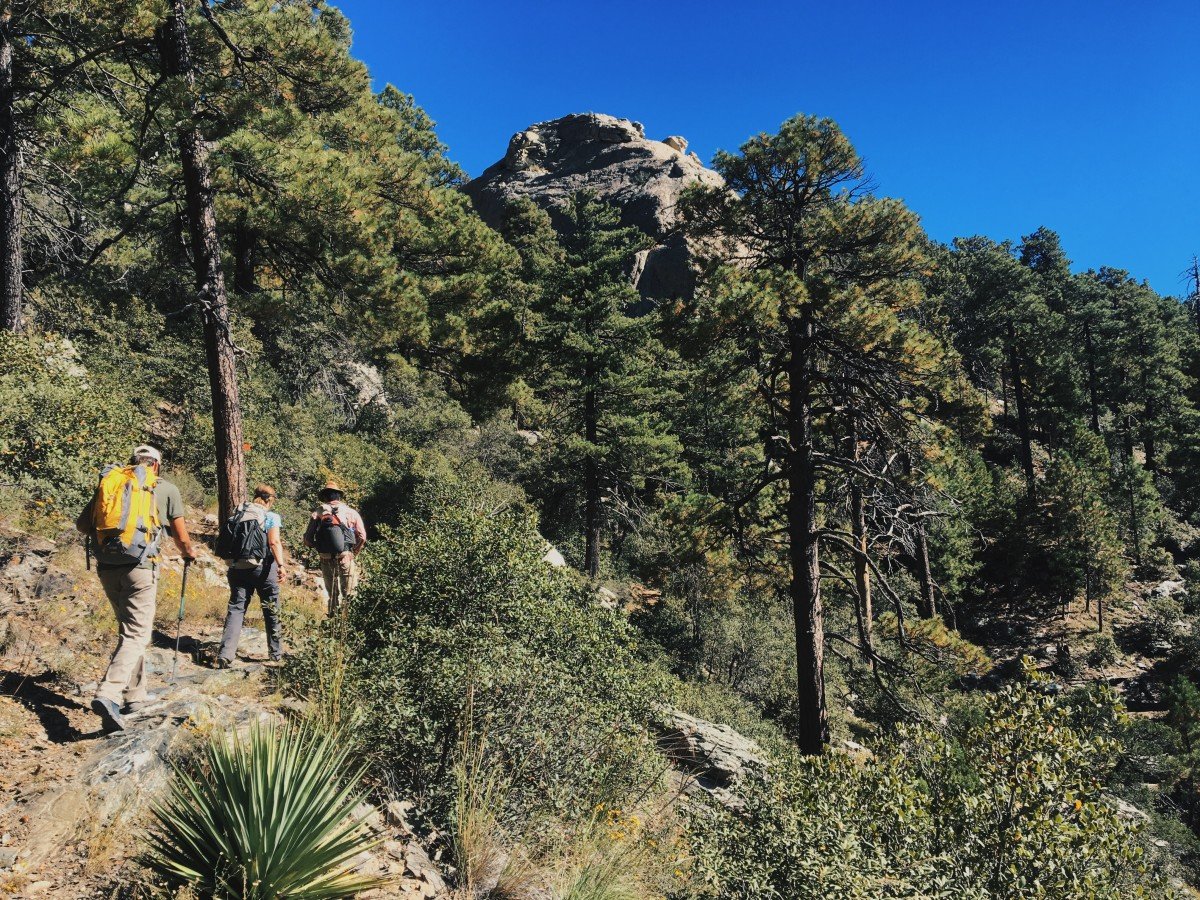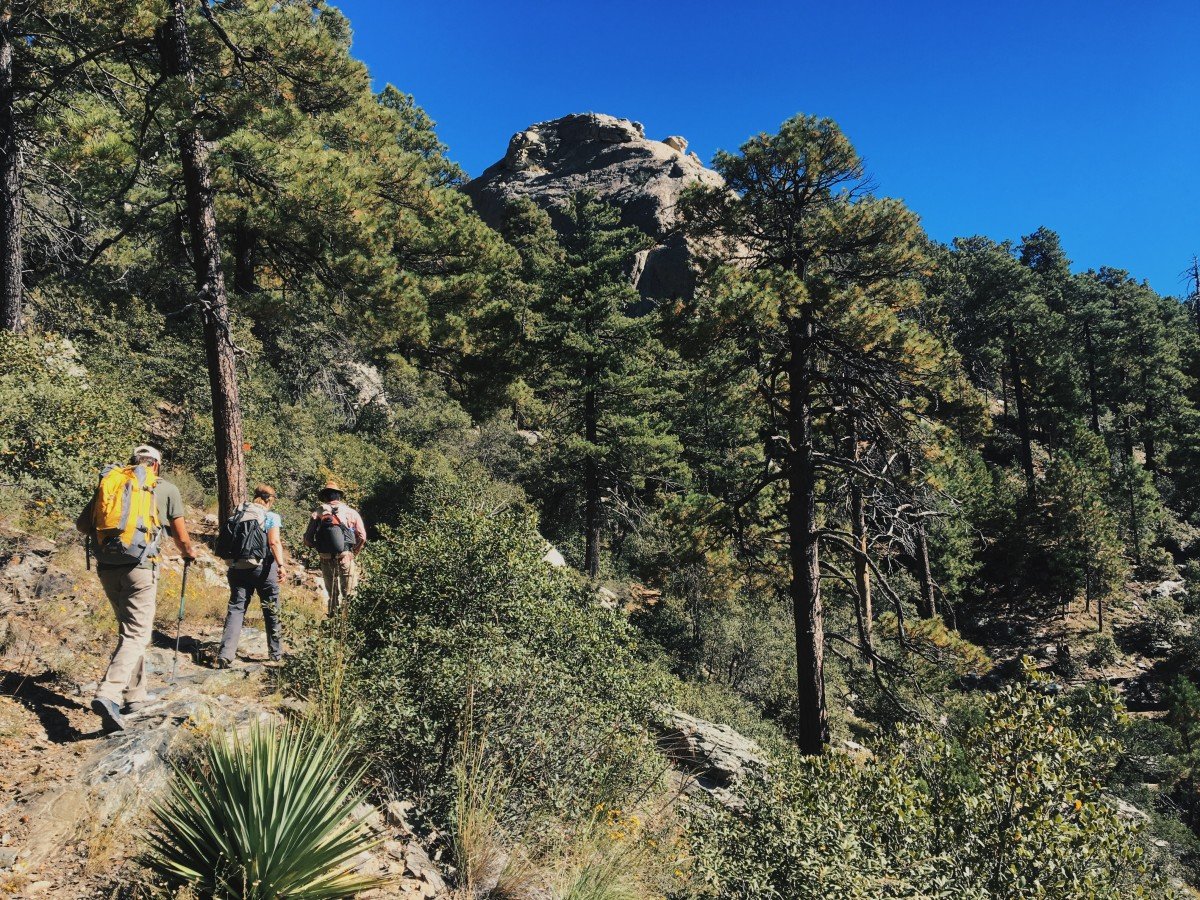You and your friend are enjoying a 4-day fall backpacking trip in the Wind River Mountains of Wyoming. The weather has been perfect–sunny but not too hot during the day and cool at night. You are feeling so glad that you were able to get outside for this long weekend adventure.
It is now day two of the trip, and you are approximately five miles into your 20-mile loop. The trail has become more technical over the last half mile, and you are stepping carefully on the rocks and boulders to ensure you don’t fall. You lift your head to see what the terrain looks like ahead when you see your friend slip, fall to the ground, and grab their knee.
SOAP Report
Subjective
The patient is a 27-year-old male whose chief complaint is pain in the right knee. The patient fell from a standing height while hiking. He landed on his side, did not hit his head, and denied a loss of responsiveness. The patient is currently A&Ox4.
Objective
Position found:
The patient was found sitting on the ground, holding onto their right knee.
Patient Exam:
A head-to-toe exam revealed a two-inch by two-inch bruise forming on the lateral aspect of the patient’s knee. The right knee is swollen and tender. There are abrasions on the palm of the patient’s right hand. CSMs are intact in all four extremities. No other injuries were found. There was no loss of responsiveness, and the patient denies head, neck, and back pain.
Vital Signs
|
Time |
10:15 |
11:00 |
|
LOR |
A&Ox4 |
A&Ox4 |
|
HR |
88 strong/regular |
64 strong/ regular |
|
RR |
24 easy/regular |
12 easy/regular |
|
SCTM |
Pink Warm Dry |
Pink Warm Dry |
|
Pupils |
PERRL |
PERRL |
|
BP |
Strong radial pulse |
Strong radial pulse |
|
Temp |
N/T |
N/T |
History
|
Symptoms: |
Throbbing pain in the right knee. |
|
Allergies: |
Shellfish, no recent exposure |
|
Medications: |
400 mg Ibuprofen taken this morning for minor aches |
|
Pertinent Hx: |
Denies pertinent history |
|
Last in/out: |
Oatmeal, 1 cup of coffee, 1 L H2O. Outputs are unremarkable |
|
Events: |
No pertinent events. The patient says he slipped while walking. |
What is your Assessment and Plan? Pause here to formulate your answer, then continue reading.
 Photo by Jared Steinman
Photo by Jared Steinman
Assessment
This patient has an injury to his right knee. He also has abrasions on his right hand. Based on the MOI, it is unlikely that this patient injured their spine.
Plan
You assessed usability, and the patient could bear weight on the right leg. You decided to build a knee brace to help support your friend's knee and try to manage pain. After making the knee brace, your friend feels like they can walk if you carry some of their weight.
There was minimal bleeding on the right hand. The abrasion was cleaned and irrigated, dressed with clean, dry gauze and a thin layer of antibiotic ointment to keep the tissue moist, then secured with Coban©.
Anticipated problems
Increasing pain in the knee leads to an inability to bear weight.
Possible wound infections.
Comments
A good, thorough assessment is the standard for any patient-caregiver interaction. This patient presented with some injuries that would be treated quite differently depending on the evaluation.
The knee:
A usability test can help to determine the extent of the musculoskeletal injury. We don’t try to diagnose the injury or grade a sprain or strain. We decide if an injury is usable or not. If usable, we try to manage pain and may tape or build a brace for support. If unusable, we immobilize and evacuate. Always remember to check CSM (circulation, sensation, and motion) before and after building a brace or splint.
To manage the pain, we might:
- Ice the affected area for 20 to 40 minutes every 2 to 4 hours
- Compression wraps may reduce swelling and help manage pain.
- Elevation. Raising the injury may help reduce swelling and manage pain.
- We could consider pain medication.
For this patient and a single rescuer, the usability test may help determine whether this patient will self-evacuate or if the rescuer will need to go for help to evacuate. A thorough assessment can help determine whether this is a trip-ending injury or one somebody can manage in the backcountry.
The soft tissue wound:
In the fall, the patient sustained an abrasion to the right hand. As we clean the wound, we should think about preventing infection, which will go a long way to ensure this wound heals without incident.
Cleaning Wounds
- Wash your hands with soap and water
- Put on protective gloves
- Scrub and irrigate the wound with disinfected water
- Scrub the area around the wound
- Use sterilized tweezers to remove debris
- Use pressure irrigation
- Rinse thoroughly with disinfected water
- Dress and bandage the wound
- Check circulation, sensation, and motion
Monitoring for early signs of infection, you’ll look for:
- Redness and swelling
- Pus, heat, pain

Photo by Jared Steinman
End of the Tale
You and your friend decide to turn around and start walking back towards the car. The improvised brace adequately supports your friend's knee, and you are enjoying the extra challenge of carrying some of their pack weight. You arrive at your car just as it’s starting to get dark. Even though the trip didn’t go quite as planned, you feel proud of the care you were able to provide your friend, as well as your ability to build an awesome brace!
Written By
Robin Larson
Robin is the Education Director at NOLS Wilderness Medicine. She has been working as a NOLS wilderness medicine and expedition instructor since 2008.




